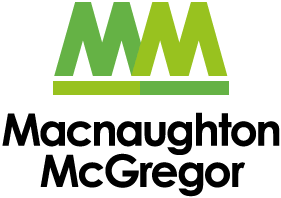Praise

No news is good news
I have been running safety engagement programmes for over 25 years. Many of the courses we run are for supervisors and management teams. When talking about safety engagement I sometimes ask people:
‘If I was to approach somebody on your site and ask them, could I have a conversation about safety, what do you believe is the first thing they would think?’
There is very little pause before the answer invariably comes back:
‘What have I done wrong!’
This raises the obvious question, ‘why do you think that is’. The answer is all too obvious, when it comes to safety often no news is good news. If there is nothing going wrong, then there is nothing to talk about. If you only ever have corrective conversations about unsafe acts, however, ask yourself a couple of questions:
Is our site such a death trap that nothing good is happening?
or
Am I just digging around to find something wrong, no matter how trivial, and then only talking about that?
Although it is vitally important to address unsafe acts in the workplace, it is also vitally important to recognise when things are being done right. If structured well, properly applied praise raises morale and provides an opportunity to highlight the behaviours we value.
So, what does well structured praise look like? Well, much like any other conversation there is no one size fits all but there are some simple tips that can help increase effectiveness.
Praise is best when it’s:
Immediate: Don’t wait a day or a week to give positive feedback, see it, praise it. Make the strongest possible connection between the good action and the praise.
Specific: Don’t be vague be very clear about the behaviour you’re praising. “Good job” may not be good enough, what was good about the job, give a very specific example or the person may not be clear what they are being praised for.
Proportional: There is little value in waxing lyrical about how someone’s gloves match their overalls. Over the top praise can seem patronising or insincere. Apply gentle encouragement for small positive acts and give greater praise for acts which exceed expectations.
Public or Private: Public praise can highlight examples of good behaviour for others to follow and can raise the status of the individual being praised. If people are known to be embarrassed easily or there are sensitive group dynamics, then private praise may be a better option.
Unconditional / Conditional: The difference between unconditional praise and conditional praise can be subtle.
Unconditional: ‘The housekeeping was perfect’
Conditional: ‘The housekeeping was perfect, keep it up, this is what I would like to see all the time.’ There is an implication that the praise is conditional on this behaviour being perpetuated in the future.
So next time you’re out on site how’s about taking the time to find something positive going on and try out a bit of praise technique. Who knows, eventually when you stop to ask someone about safety their immediate thought might be ‘I must have done a good job.’
Macnaughton McGregor’s bespoke training programmes help you get the most out of your safety engagement conversations.



--600.jpg)

--600.jpg)

--600.jpg)